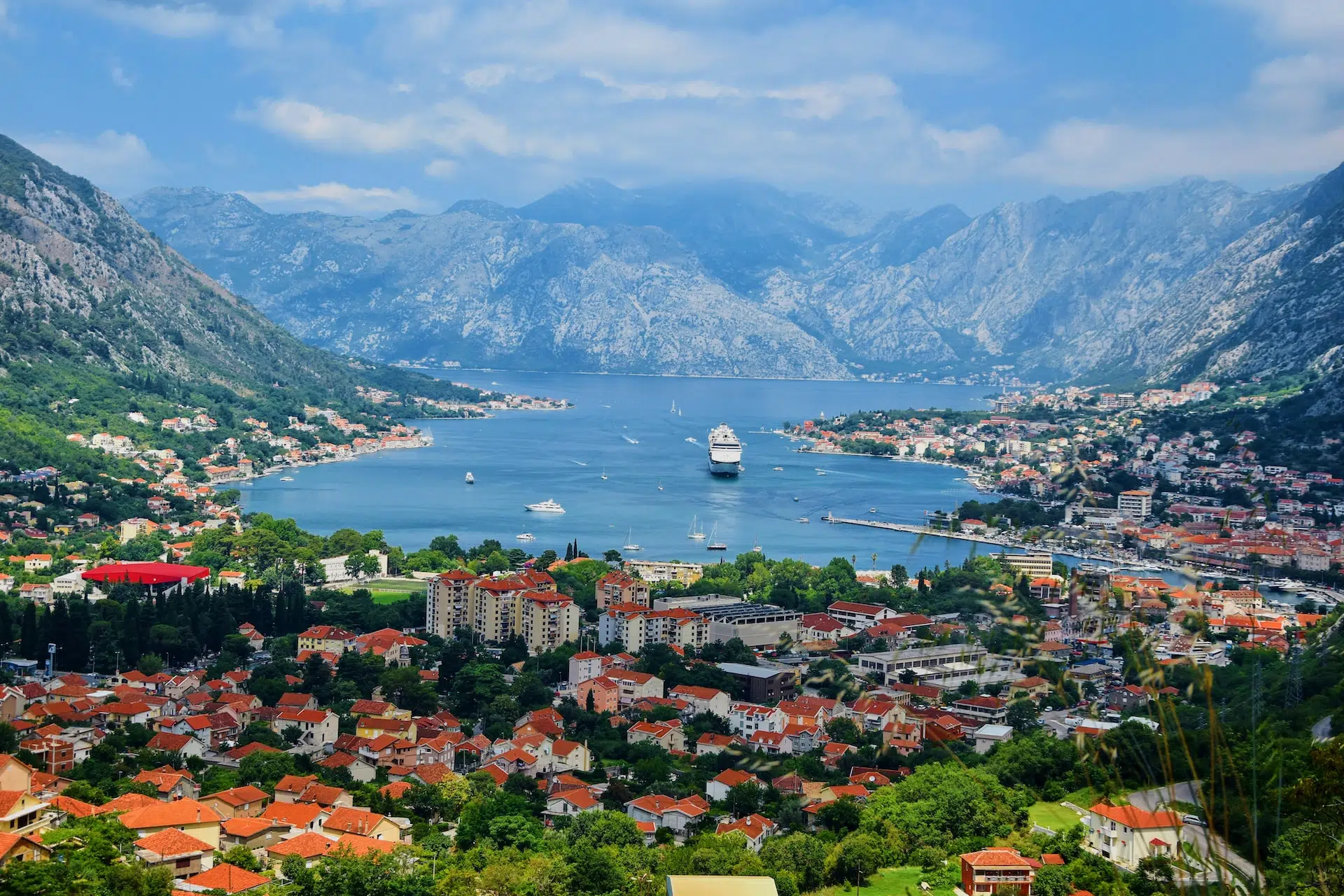Frequently Asked Questions About Montenegro
General FAQs for India
What is the capital city of Montenegro?
What currency do I need in Montenegro?
What is the official language of Montenegro?
When is the best time to travel to Montenegro?
How many days do you need in Montenegro?
What is the emergency number in Montenegro?
Places FAQs For Montenegro
Which places should I visit in Montenegro for the first time?
How do I get around in Montenegro?
Budget FAQs For Montenegro
What is usual cost of traveling in Montenegro?
What is the cost of average meal in Montenegro?
How much is the cost of stay in Montenegro?
What is the cheapest time to go to Montenegro?
Culture FAQs For Montenegro
How are the people of Montenegro?
What is the popular food to try in Montenegro?
What are the favorite sports in Montenegro?
What are the major religions in Montenegro?
What are the famous festivals in Montenegro?
Some of the popular festivals celebrated in Montenegro include:
– Christmas: This holiday is celebrated on December 25th and is a time for family gatherings and feasts.
– Easter: This religious holiday is usually celebrated in April. It’s a time for people to come together and celebrate the resurrection of Jesus Christ.
– May Day: This international holiday is celebrated on May 1st. It’s a time to celebrate the workers of the world and enjoy springtime festivities.
– Independence Day: This national holiday is celebrated on October 21st. It commemorates the day that Montenegro gained its independence from Yugoslavia in 2006.
– New Year’s Eve: This holiday is celebrated on December 31st and is a time to reflect on the past year and set resolutions for the coming one.
– All Saints’ Day: This religious holiday is celebrated on November 1st and is a time to remember and honor all of the saints who have passed away.
– Halloween: This fun holiday is celebrated on October 31st. It’s a time to dress up in costumes, go trick-or-treating, and enjoy spooky festivities.
What souvenir gifts to buy from Montenegro?
Some souvenirs you can buy from Montenegro include:
– Traditional clothing: You can find traditional Montenegrin clothing at many of the local markets.
– Handcrafted jewelry: Montenegro is home to many talented jewelers who create beautiful handcrafted pieces.
– Local art: There are a number of galleries and shops selling local art in Montenegro.
– Traditional pottery: You can find traditional Montenegrin pottery at many of the local markets.
















